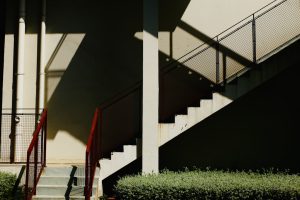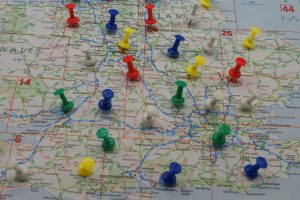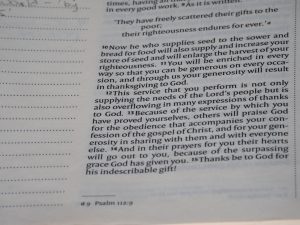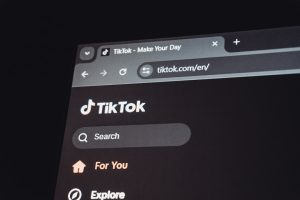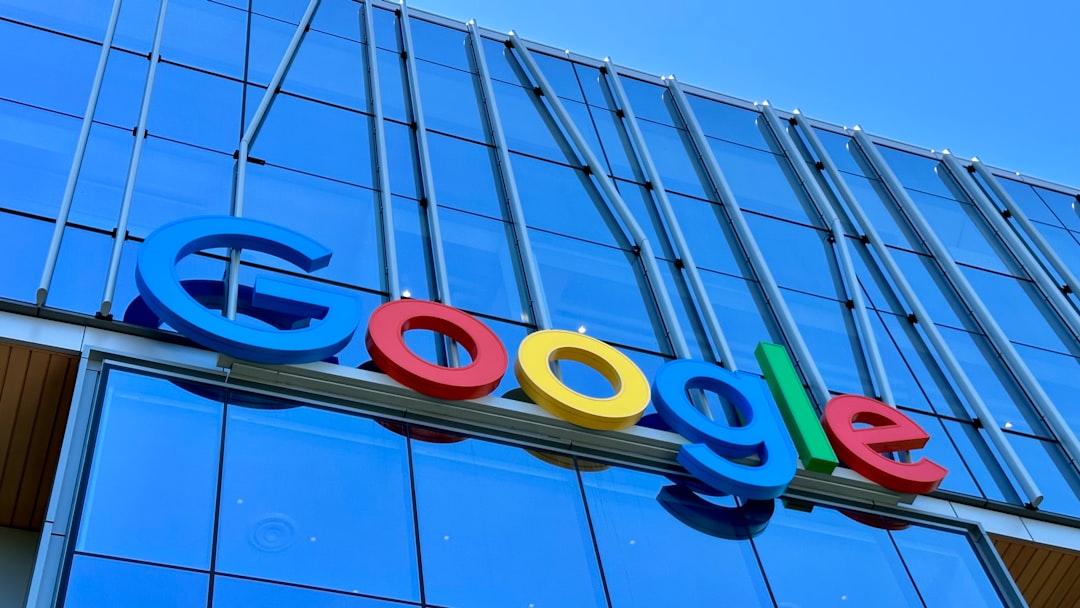
Search engine optimization (SEO) is constantly evolving, and website owners need to stay updated with best practices to ensure optimal visibility in search engines. One of the more confusing issues website administrators encounter in Google Search Console is the “Alternate Page with Proper Canonical” status. This isn’t a fatal SEO error, but left unaddressed, it can lead to inefficiencies in crawling, indexing, and ranking. This article serves as a practical playbook to help triage and fix these issues effectively.
The Meaning Behind “Alternate Page with Proper Canonical”
When Google recognizes a webpage as having a canonical equivalent, it groups the page under “Alternate Page with Proper Canonical” in Search Console. Essentially, this means Google has determined that another version of this URL — the canonical URL — is more relevant or authoritative. This is normal in websites with multiple versions of the same or very similar content. Some alternate pages are created through sorting parameters, mobile/AMP versions, or simple duplication without malicious intent.
Why This Might Be a Problem
While Google is effective in selecting canonical URLs, relying entirely on its judgment might not align with your preferred URLs. Here are common problems this can lead to:
- Lost traffic: If Google is indexing an unintended URL as the canonical, organic traffic might flow to the wrong page.
- Link equity dilution: External backlinks might point to alternate pages and may not always be consolidated properly to the canonical version.
- Index bloat: Too many low-quality or alternate pages being discovered and crawled wastes crawl budget.
Common Causes
- Incorrect Canonical Tags: Tags pointing to canonical URLs that don’t reflect user or business intent.
- Parameterized URLs: URLs with tracking codes or filters that result in duplicate content.
- Content Management Systems: CMS platforms that automatically generate multiple versions of content.
- Mobile/AMP Pages: Issues in declaring mobile versions vs desktop vs AMP URLs.
A 5-Step Triage Playbook
1. Identify the Scale of the Issue
Begin in your Google Search Console under the “Pages” report. Locate the status “Alternate Page with Proper Canonical”. Export the list of affected URLs. This helps in assessing whether the issue is isolated or widespread.
2. Evaluate Page Purpose and Intent
Click through some of the affected URLs and observe:
- Do they serve a genuine purpose as standalone pages?
- Are they part of filter/sort/categorization features?
- Is the content near-identical to canonical versions?
If the alternate page offers no unique value, it may not need to be indexed. However, if these are valuable pages, you may need to review their canonical implementation.

3. Review Canonical Tag Implementation
Open the source code of both the affected alternate page and its associated canonical page. Look for:
- A correct
<link rel="canonical" href="..." />tag pointing to the preferred version - Matching canonical and self-referencing tags where appropriate
Fix: If the alternate page is unique and deserves its own place in search results, change the canonical tag to self-reference or eliminate unnecessary parameters through filters or code.
4. Check Internal and External Links
Examine how users and bots access the affected URLs. Use tools like Screaming Frog or Ahrefs to identify:
- Internal links pointing toward alternate versions instead of canonical URLs
- External links going to alternate pages
Fix: Update internal linking structures to always point to the canonical URL. Reach out to webmasters (if feasible) to update the backlink URLs.

5. Implement Structured Redirects When Needed
If you determine that alternate versions are not needed and should never have been accessed, consider implementing 301 redirects:
- Redirect alternate URLs to their canonical equivalent
- Preserve link equity and improve crawl efficiency
Be cautious not to create redirect loops or chains. Always test redirects in a staging environment before going live.
Best Practices to Avoid Future Canonical Issues
- Enforce consistent URL formats: Stick to one version (http vs https, trailing slash vs non-trailing slash, www vs non-www).
- Control CMS behavior: Limit unnecessary page generation from tags, filters, and user-generated content.
- Create a canonical tag plan: Ensure every page has a reasonable strategy, not just left to default behavior.
- Monitor via Google Search Console monthly: Establish a regular cadence to review changes in indexing classifications.
When to Escalate the Issue
Sometimes despite all efforts, Google might still index an unintended canonical or behave in unpredictable ways. At this point, consider:
- Using Google’s URL Inspection Tool to manually request reindexing.
- Disallowing low-value parameterized URLs via your robots.txt or through parameter settings in Google Search Console.
- Consulting with a technical SEO expert if widespread traffic loss or indexation issues occur.
Conclusion
The “Alternate Page with Proper Canonical” status is a common but manageable indexing challenge. With a structured triage playbook and ongoing SEO hygiene, you can avoid the negative consequences of incorrect canonical settings, support Google in indexing your most valuable pages, and ultimately drive better user experience and more consistent organic traffic.
Frequently Asked Questions
-
Q: Is “Alternate Page with Proper Canonical” a penalty?
A: No, it’s not a penalty. It means Google prefers another version of the page for indexing but still found your canonical tag correctly implemented. -
Q: Should I worry if I see thousands of alternate pages in Search Console?
A: It depends. If those pages are meaningless duplicates, you’re fine. But if they’re actual content pages you want indexed, you may need to revisit your canonical strategy. -
Q: How long does it take for canonical changes to reflect in Search Console?
A: It typically takes a few days to a few weeks after recrawling and reindexing for changes to appear in Search Console. -
Q: Can I remove alternate pages from Google’s index?
A: Only if they are indexed. If they are not indexed and just flagged as alternate, there is nothing to remove. You can still block them from crawling for future optimization, though. -
Q: Is setting canonical tags enough?
A: Not always. Canonical tags are hints, not directives. Google may or may not follow them based on other signals like backlinks and page content.

